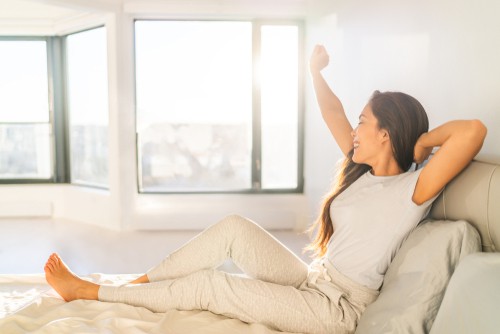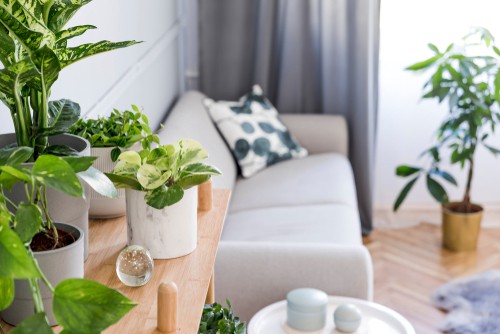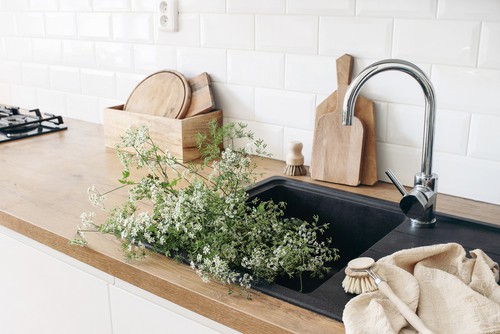
8 Tips On How To Decorate Your Condo’s Outdoor Balcony
December 27, 2021
Home Cleaning Checklist After Renovation
March 9, 2022How A Home Interior Design Can Affect Your Moods

How A Home Interior Design Can Affect Your Moods. When it comes to interior design, the saying “you are what you eat” definitely rings true. The colors and textures of your home’s interior can affect everything from your moods to your sleep habits.
Home interior design has come a long way since the days of beige walls and brown carpeting. It is always good to keep in mind that the colors you choose to use in your home’s interior design could have a direct effect on your life. In this article, we will discuss how a home interior design can affect your moods:
Why Interior Design Affects Moods

Many people are unaware of just how much an interior can impact their mood. The right combination of color, texture and other elements can cause someone to feel refreshed, relaxed, or even overwhelmed.
For example, using a lot of bright colors can be very uplifting and make you feel more positive about your home. Using muted colors, on the other hand, can make someone feel much calmer and possibly even sleepy after a hard day’s work.
Ways On How a Home Interior Design Affects Mood

There are numerous ways that the choices you make in your home’s interior design can affect your mood. By making careful decisions about everything from color to plants, you can create an atmosphere that feels just right to you every day of the year.
1. Colors

You have probably noticed that certain colors tend to be linked with certain moods. A room flooded with red, for example, may feel much more intense than a light pink bedroom. Certain colors also have different effects on us depending on their shade or tone. For example, a very dark purple can make someone feel calmer than lighter lavender does.
With all of this in mind, it is a good idea to choose paint colors that you feel will enhance the mood you wish to create. You can even make your color palette by choosing three paints from the same family and painting large swatches on the wall of each room. This way, you can see exactly how certain tones appear in different rooms throughout your home.
2. Textures

Just like color, the textures you use in different rooms can also affect your moods. Smooth surfaces will feel much calmer than bumpy ones, so pay attention to which type of texture will work best for the room you are working on. Wicker or stucco walls might work well in a bathroom.
However, they might not feel as good in a child’s bedroom. Smooth fabrics and shiny metals can also make a room feel much more glamorous and elegant than rougher textures do.
3. Lighting

Lighting is another important factor to consider when it comes to interior design and moods. If you want to feel more relaxed, for example, you may want to keep your lights on the dimmer side. By contrast, brighter lighting can be uplifting and help you feel much more energized.
You should also consider using different types of light in different rooms so that the mood changes when you enter each space. Soft lamps can make a bedroom look romantic, for example. A bright lamp can bring much more energy to a kitchen or living room space.
4. Plants

Adding plants to your home can be another great way to create the kind of mood you want. If you are feeling sluggish, adding houseplants that thrive in low light can help perk up your moods and make you feel much more energized. The opposite is also true, so it is important to think carefully about where you place your plants.
5. Personal Items

Personal items are another great choice for interior design because they can make a home feel much more like “you” to other people who come in. By adding small pictures or houseplants that remind you of loved ones or happy memories, you can make your home feel cozy and inviting.
6. Accessibility

Another important thing to think about is how accessible the rooms in your home are. You should plan for people to be able to walk around with ease and not bump into walls or furniture as they move from room to room. If a room feels too cramped, for example, this can cause people to feel uncomfortable and may even prevent them from wanting to stay in that space.
7. Shape

The shape of your rooms is also something to think about when it comes to interior design and moods. Long, narrow spaces are not as good at drawing someone in as a more open area is. This can also make a room feel more cramped. Regardless of the overall mood, you are going for, it is important to think about whether or not your rooms have an inviting atmosphere.
8. Personal Style

You should always consider your style when choosing a home interior design scheme. If you want a space to be reflective of your unique tastes, you should choose the types of color schemes and textures that feel good to you. A room’s mood can change a lot depending on whether or not it is personal and comfortable for those who live there.
It is also important to understand how different colors, textures, and moods can affect your health. For example, painting your bedroom orange might make you feel calmer at night because it has restful tones.
However, if you are trying to do work in that room when the sun rises, the orange color might make you feel sluggish and tired. The opposite is true in a room painted in soft blue tones, which might make you feel more alert and focused.
Conclusion

Interior design is an important factor in how you feel daily. It can affect your moods, which will influence what kind of interior design scheme you want to implement for different rooms in your home. When considering the types of colors and textures that are best suited for each room, it is also important to think about whether or not they will work with other aspects of your life.
For example, orange may be great at night but bad during the day if you have plans that require being alert- blue might help improve these chances by providing more calming tones.



